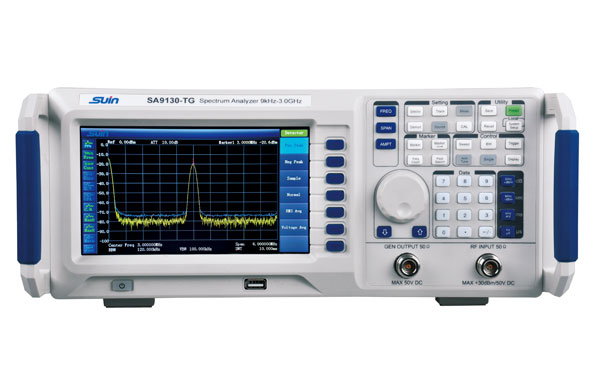

Spectrum analyzer use widely. For an electrical signal, we can from the time point of view (time domain) to describe, but also from the frequency of the point of view (frequency domain) to describe. At these times you need to use a spectrum analyzer:
1,is concerned with RF devices and RF signal testing, such as testing the RF transceiver.
2,broadband within the unknown signal to check, such as the composition of the air signal and a variety of radio frequency interference, electronic products, such as EMC test.
3,at the same time focus on large signal and small signal, for example, want to know the transmitter signal distortion, intermodulation clutter, etc.
Of course, there are many kinds of electronic measuring instruments, such as: spectrum analyzer, signal generator, power analyzer. They are used in all kinds of fields. If you need, please feel free to contact us.

Jul. 10, 2025
Common Uses and Types of Signal GeneratorsJun. 13, 2025
Power Quality Analyzers: SA2100, SA2200, and SA2300 – Which One Fits Your Workflow?May. 14, 2025
Stopwatch Calibrator Uses in Aerospace, Automotive and Labs